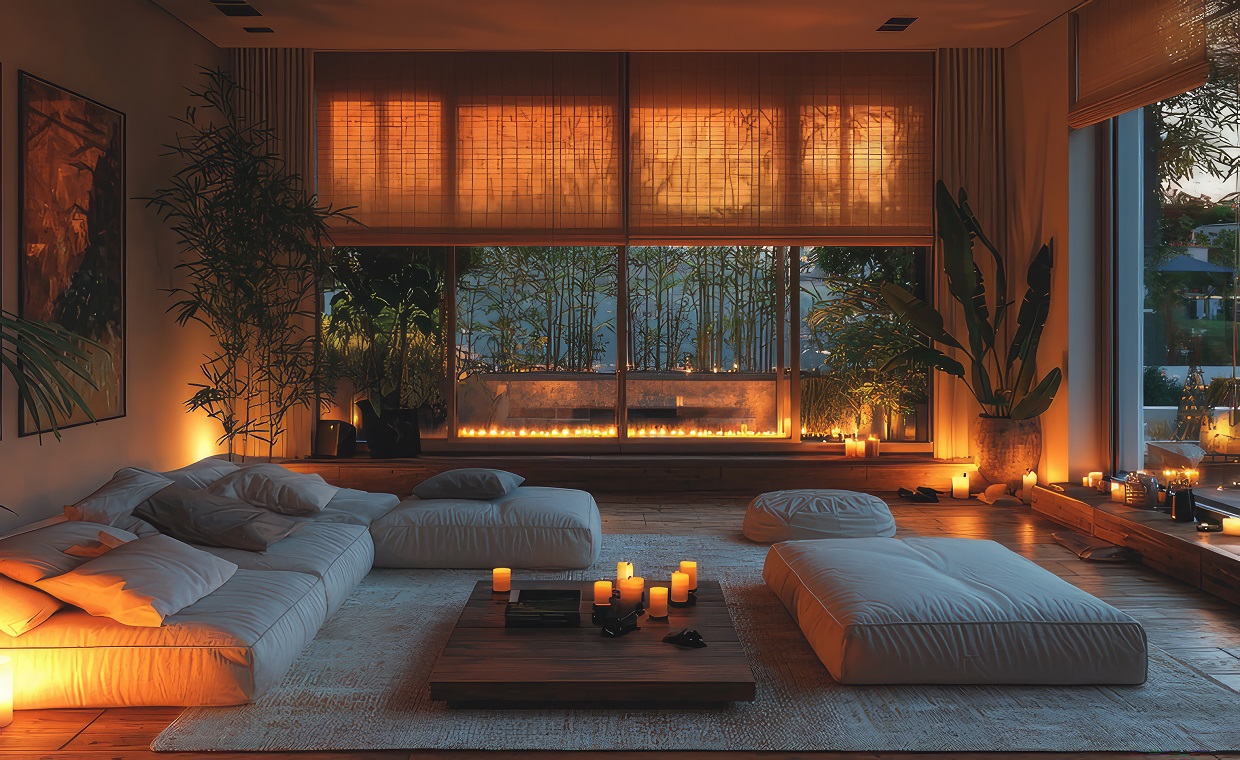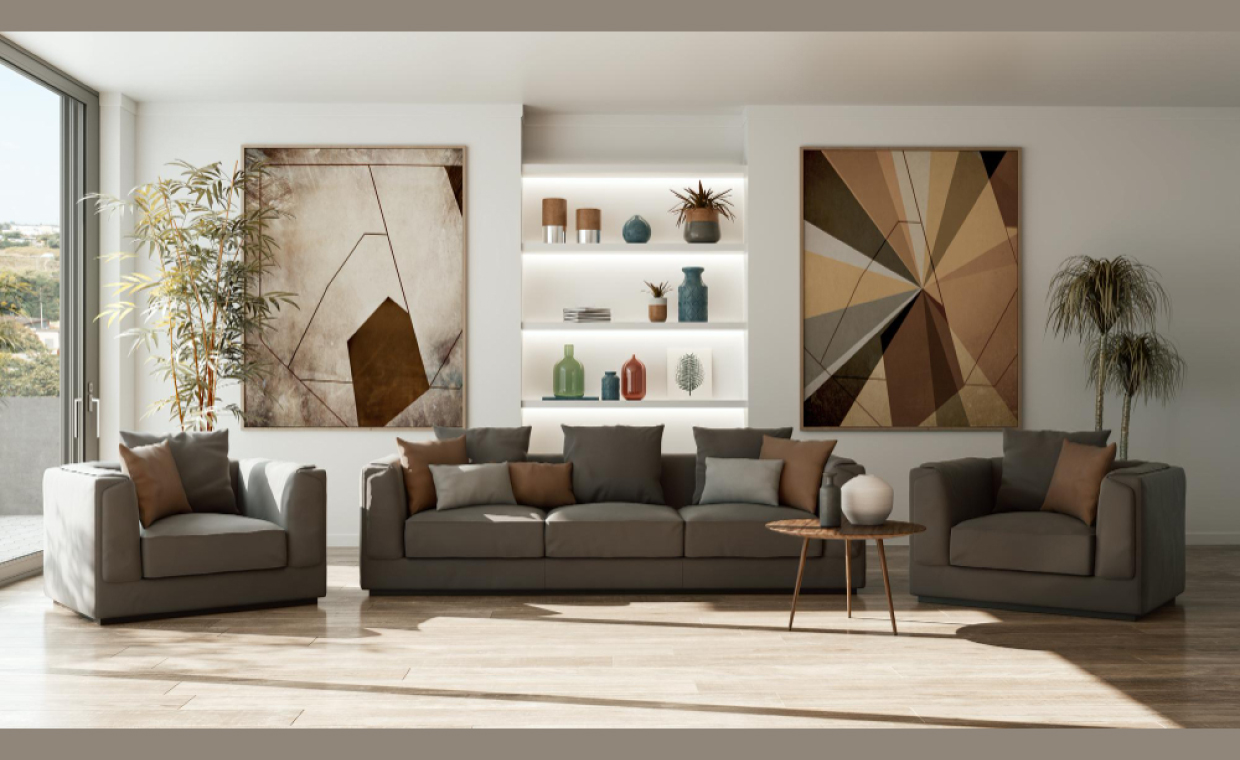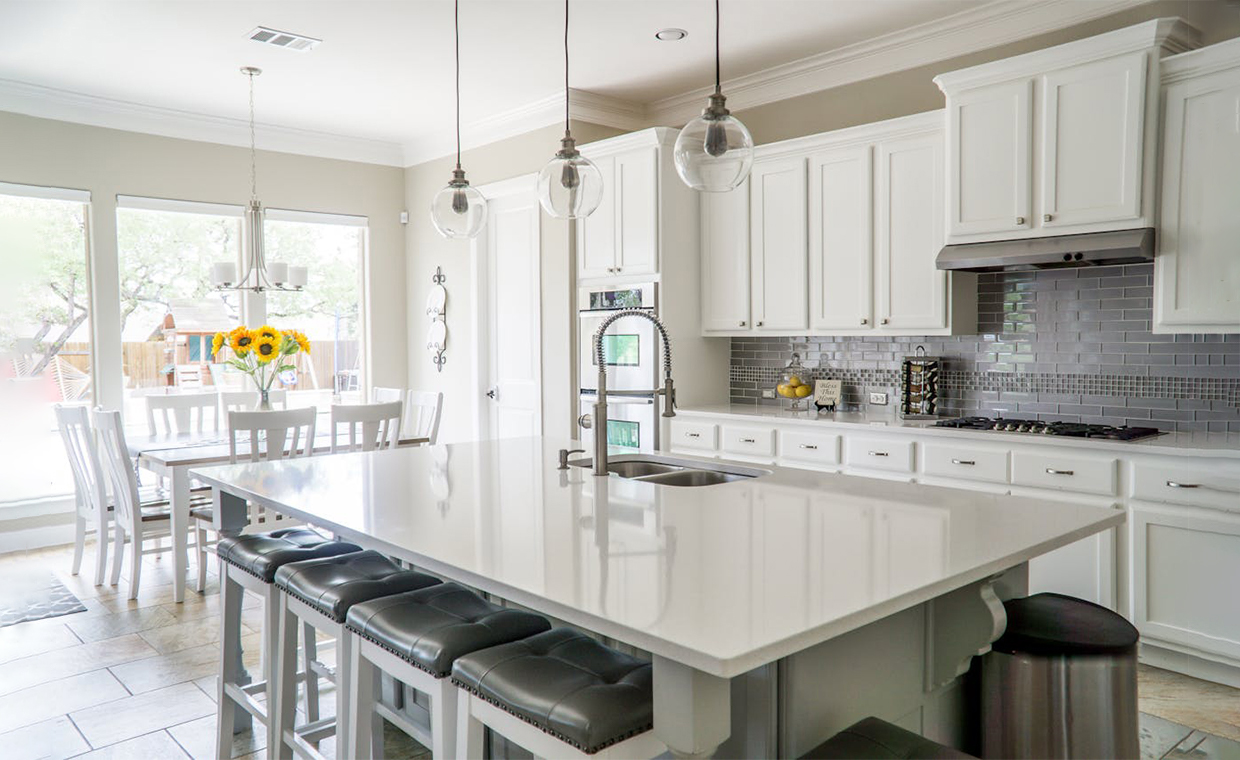
Note from Gharpedia – As the writer has shared this blog spontaneously it is subjectively scripted (with ‘I’). We deliberately did not change the same from first person to third person as we wanted to retain the flavour of the same.

The human being is one of the most intricate entities compelling him/her to be contradictorily unique and chaotic. While studying architecture I was learning how to observe whatever was around me and primarily visualizing how we talk, the movements of people, the experience of closed and open space, places that make me feel alive, et al. Have you ever noticed that there is something exquisitely unusual about some places which leads us to believe in the sense of belonging? This inquisitiveness which commenced a few years back is still in the improvement stage and every day I am discovering new things about humans and our dear mind which anticipates the surroundings and how our behaviour has differed.
In this article, I have incorporated why sense of place in architecture is important. We should not forget our role as humans, while designing a structure/home.
Human-centric places can be the future for mankind
What is a human-centric place?
For me, it is a territory of belonging,
Where I can feel myself the vast surroundings which help me to sense it,
Dwelling is the Mother Nature,
The surfaces of soil,
The notions from the windows,
Under the dark sky, the place for everyone to greet and laugh concurrently,
An idea of having a real moment in life,
A sense of belonging.
I believe that technology has given us infinite information and bound us globally but unfortunately it has also split us from our minds and visions. We just see things and capture them in the lens of our cameras, avoiding the details, purposes, and asking even stupid questions. We just pursue the information or idea of someone else losing our own identity in the process. I believe designers should be recognized for their work which makes the customer feel at home. So I think it is essential for young minds to be open to new experiences and believe that architects are the creators who can design such experiences in the built form.
“Architecture can’t force people to connect, it can only plan the crossing points, remove barriers, and make the meeting places useful and attractive.”
Here is our guide to architectural design:

Environment And Our Behaviour
When was the last time that you ran in the forest or sat near the river or slept under the starry sky?
Our surroundings consist of Mother Nature and more particularly our constructed nature. We are influenced by our surroundings and our outcomes are based on them. Natural elements such as trees, plants, animals, water, mountains, and the sky are essential for making us feel and believe in the solitude of space. We respond to natural elements in a very encouraging way as they lend us a sense of freedom and of being one with them. Painfully our cities have now become concrete jungles where everyone is deeply engaged with their electronic devices and spending their life struggling with stress and depression. To be honest sometimes when I think as an architect I feel we went wrong in designing such monotonous buildings and ignoring the landscape which has resulted in the dire absence of human-centric places. We are an innate part of climate and nature. Architecture for me was invariably about joining this space, the spatial arrangement of inside and outside environment, exploration of far and near spaces, the connection of up and down surfaces. As soon as I started formulating that notion in my designs the diagram became alive. I can visualize the court where people will have chai together, corners where one can read silently and appreciate the environment around one. I was inspired by Leonardo Vinci largely and his passion for discovering the unknown. He was curious about everything around him and his room of interest widely varied from innovation, painting, sculpture, architecture, science, music, mathematics, and engineering to literature, anatomy, geology, astronomy, botany, writing, history, and cartography.

Leonardo wrote: “Man has been called by the ancients a lesser world, and indeed the name is well applied; because, as man is composed of earth, water, air, and fire…this body of the earth is similar.” He compared the human skeleton to rocks (“supports of the earth”) and the expansion of the lungs in breathing to the ebb and flow of the oceans. He considered his eyes to be his main window to knowledge; to Leonardo, sight was man’s best sense because it alone conveyed the facts of experience immediately, correctly, and with certainty.
Read how architecture influences building design:
Architectural Journey Through Senses
Humans are distinct and that spurs us to dig-in and find out our uniqueness. We are all fringed by our context. So when we discuss humans we imply the interconnected culture, beliefs, ideas, crafts, art, music, mythology, etc. which mould us. Our dreams, memories, and fantasies are traits which make us unusual as an individual. Agreed that we see through eyes but a good point to remember here is that we also see through our brain which is called imagination. It is significant to delve deep into this behaviour and personality which may benefit us by enabling us to build appropriate spaces for people. I have a keen interest in understanding our behaviours and personalities and inculcating that idea in my work. Our buildings should be our tales which are composed of human experiences and wisdom from history. History is important as it enables us to learn how we unfold not only biologically but also psychologically thereby lending us with an understanding of our background. We are culture-bound anecdotes engaged in creating a social structure in a society. Societies are a conglomeration of our crafts, art, literature, the mythology that shapes our mind and our ideology in a particular context. Formulating our behaviour and personalities is one of the aspects of designing spaces. The understanding and expression of art, science, engineering, and design are the ingredients of architecture. The exploration and invention of user-friendly spaces can shape our cities and it is eventually these cities that shape us.
What is a poetic play?
“Every touching experience of the architecture is multi-sensory, qualities of space, scale and matter are measured equally by eyes, nose, ears, skin, tongue, skeleton, muscle. Architecture strengthens the existential experience, one; a sense of being in the world, and this is strengthened by the experience of self. Instead of mere vision, or the classical senses, architecture involves several realms of sensory experience which interact and fuse.”

“It’s a tale which allows living in other people’s lives and experiencing what they might be experiencing and that’s a powerful opportunity to learn from places where we have never been yet.”
“A sense of place”
Be a thinker,
Be a dreamer,
Wander around in the streets,
To find the unknown in thyself,
Settle around the shade of trees,
To find the silence in thyself,
Investigate around the dynamics of the river,
cxTo find the fragments in thyself,
Ohh!!!! But do our cities have that?
Streets without noise,
Trees and rivers in our concrete jungle,
Sky without pollution,
Somewhere we went wrong in framing the cities,
It is important to preserve and respect our surroundings and respond that in designing spaces otherwise one day the world will lose the meaning of the word “Experience”
Architecture has tremendous potential and is a deeply discussed issue for generations. I had a notion of the perfect world where one hand can help another and all misery, sufferings can be wiped out. It can be called the society of compassion. Something akin to a call for humanity and I guess that can be accomplished through architectural spaces. Well-designed spaces dare to change our perceptions and behaviour. Context includes people, social interactions, community engagements, values, beliefs, art, and literature; while surroundings consist of nature and man-made nature. Senses are majorly governed in forming the experiences of space. I firmly believe architecture to be a tale of an architect-designed for users and inferred in different ways … A story unfolding itself through spatial arrangements, surprising corners, central gathering space, and huge textured walls; the eyes perceiving the form; and users experiencing the space through their perception. The sense of placein architecture is not a final output but a process through which the architect interacts with the buildings and later observes the transformation and expansion.
Sarkhej Roza: Silence in Architecture: (Sense of Place Example)
Sarkhej Roza is an architectural monument in Ahmedabad, Gujarat. It’s a masterpiece of the Hindi–Islamic architectural style. Culture, community, art, literature are blended to form an architectural wonder. It is the composition of religious and social realms beautifully crafted in palaces, mosques, water tanks, courts, and tombs. The journey of Roza starts from the neighbourhood where local people live like a community and share their joys and sorrows. We enter through a huge stone arch structure into a court where trees shade the space and activities like teaching, sketching et al take place. The architectural features of the Roza are its scale, volume perfectly proportioned to the function of the space. The built-up is designed in sync with the climate of Ahmedabad, having a water tank and jhaali for diffused light. The journey from darkness to light involves a play of light through perforated stone jhalis and it is precisely this play of light which is a fascinating element in the Roza. The central courtyard gives a sense of belonging where people gather and share joy. The water tank is not only an architectural feature but also a hot climate barrier that serves the purpose of cooling parched throats and perspectives. The lengthy and huge textured stone walls have minimal openings and jharokhas are carved in Islamic style. The silhouettes and skyline consist of varied domes composed in a rhythm.
Know importance of rhythm in architecture:


Sarkhej Roza is one of my favourite buildings and has made me curious about how architecture helps to connect the community and place transforming into a profound experience. I was an architectural student when I first visited Roza. It was a place which made me realize the importance of our senses and how it affects our behaviour. It was an architectural outline designed to create a story through spaces. A place alive after many years made me realize the essence and value of culture and community. Since then I have visited Roza many times and observe the dynamics of spaces in the complex. It is a tale of architectural elements and environmental contextual incorporations beautifully crafted like a painting. Soaking-in the play of light and shadow through the stone jhalis; understanding through touch the rawness and softness of the stone; exploring the connection between the earth and the sky; observing the central court from the perspective of community engagement … all this has led me to unknown paths resulting in understanding the values and culture of the community and experience of the spaces. Jhaali is one of the most important and intricate elements of the Sarkhej Roza.


Is Our Role as an Architect and Human Different?
Engrossed in building massive skyscrapers and, attempting to catch the sky we forgot the essence of true beauty which lies in viewing the stars and the moon from our position on the ground. We are so busy in our lives that we don’t have a moment to pause and understand our surroundings. I have observed that our senses respond spontaneously when we are surrounded by trees, flowers and we feel rejoiced. I am concerned about our future generations who are connected digitally with infinite people but don’t know the individual living just next to them! What we are seeking is a little kindness towards people and nature. We need to build a community of compassion where everyone respects nature and people; and genuinely care for one another. We are a collection of stories, memories and experiences. Alongside sharing our tales and preserving our identities, it is equally essential to conserve our nature and appreciate our surroundings. It’s time to bring about this difference but it should commence from oneself.

“The computer has no capacity for empathy, for compassion. The computer cannot imagine the use of space. But the most important thing is that the computer cannot hesitate. Working between the mind and the hand we often hesitate, and we reveal our answers in our hesitations.”
Hope this article will change your perspective about architecture design. For sustainable development, sense of placein architecture and our environment should be kept in mind. Our role as an architect must be to design structures keeping in mind, the conservation of environment.
Read more articles on architecture:
An evolution in Architectural Styles in India through Last Few Centuries!
The Relation Between Building Designs and Culture!
Image Courtesy: Image 6, Image 7, Image 8
Author Bio
Priyanshi Shah – Professionally being an architect, I believe to have a keen interest in understanding the spaces and experiences interpreted in the process. I firmly believe that it is important to structure how we think rather than what we think. We need to think, dream, and get lost in the unknown to find our way and mine is through writing poems as my expression transporter. My interest includes the understanding of psychology, philosophy of experiences through stories, and tales of crafting experiences for people.

































